Over the last year, my school and team have taught me so much about differentiating. In 5th grade, I so struggled with this and when I differentiated I was moving mountains. But really – I felt like I deserved a gold medal. It was exhausting and overwhelming and rarely happened.
This year my 1st grade team has taught me so much about differentiating and my thinking about DI has shifted. Today I wanted to share with you what’s working in our 1st grade classrooms.
What is DI?
- I know where my students are and respect that they are individual learners.
- I begin with the end in mind. I am a master of content in my classroom and know where students need to go.
- I trust that I am a professional and can create an environment in which students are able to grow and succeed. I can move my students from where they are to where they need to be (or higher) through intentional decisions in my classroom.
What do I need?
Like most teacher stories, it all starts with school supplies. Now, you definitely don’t need all of these materials to differentiate, but these are resources I use to keep myself and my students organized. If I could only pick one supply it would definitely be color-cardstock – three reams of Astrobrights colored cardstock – green, yellow, and blue. I also use the coordinating circle stickers for identifying materials for each group that aren’t copies on colored-cardstock (i.e. playing cards, dice, etc.) bead container from Micheals (make sure to use a 40% coupon and then ask for the 15% teacher discount) holds my pound-of-dice I use for differentiating math games and centers. Then, I picked up colored folders and book bins for storage from Walmart!
How do you group and organize for your groups?
We flexibly group our friends into these 3 groups – green (below grade-level), yellow (on grade-level), and blue (above grade-level) for math and reading. To make it easy to remember think of a first grade outside picture (green = grass, yellow = sun, blue = sky). Our kids can move anytime they are ready, no big deal. We group math based on unit pretests (every 4-5 weeks) and reading groups/colors are based on Guided Reading Levels. This year I had 2 yellow groups and slowly transitioned my 2nd yellow group into a blue group. This transition from grade-level to above grade-level happened by the end of March and my friends were SO excited. At the beginning of the year (before we’re making choices on our own), we help structure our time with rotation boards for Daily 5 Reading and Daily 3 Math. (If you’re interest in the below chart you can grab it here for free.)
Color-coding groups really helps with planning and organizing my small-group materials. Under my teacher table, I keep a black 3-drawer Sterilite container under each side of my teacher table (I snagged these on sale from Target for $9 a piece). I organize my guided reading materials by my colored groups – green, yellow, blue, as well as, the round the group meets. I add the rounds for any guest teachers (substitutes) we might have in the classroom. Keeping materials below my guided reading table, allows me to easily grab materials and get started when a new group joins me.
Also, when we’re using center materials that are not printed on colored paper/cardstock, I’ll put out these stickers. I typically print 100s boards, playing cards, etc. on white card stock because all my groups (regardless of level) will use them. So, I’ll put the materials/cards/boards in a baggies with a sticker so student know which cards they are using. In the below picture, my friends are playing Go Fish. Green group is playing Making 10 Go Fish and Yellow/Blue are playing Making 20 Go Fish.
What does DI actually look like in your Reading Block?
Each part of our Daily 5 reading block includes elements of differentiation. Below is our Word Work center. (You can read more about how Word Work runs in this blog post.) The 4-5 activities in Word Work stay the same each month but the word rings are traded out. (These words come from our Reading Street program and are copyrighted. So unfortunately, I’m unable to share these. I’m so s0rry!!) During Daily 5 or centers, students choose the activity they can do (pyramid words, super sentences, etc.) and then the word-ring that is just-right for them. Students are able to work on the same activities, but with their just-right words.
One of our consistent Word Work centers is Sound Sort. Students need to be able to differentiate between different sounds and then, apply them to their own reading. Phonics helps develop automaticity as students read these patterns, and continuous exposure allows students to make the connection to their own writing, reading, and spelling. With that said, basic sound sorts of single-syllable don’t offer ‘just-right’ practice for all our friends.
The first level of our sound sort includes mostly CVC and CVCe words, perfect for students who are approaching grade-level. The second level includes words that often include multiple phonics patterns or include blends (ex. celebrate, nudged), and, for patterns that sound identical, I leave blanks (i.e. power/pound would be p__wer and p__nd). The third level includes several phonics patterns, inflected endings, and higher-level sight words. On this highest set, I always include blanks where the phonics patterns belong.
After printing the cards on color card stock, I place them in a plastic bag above the Pocket Chart using a magnet. When students choose word sort, they know to grab their ‘just-right’ color and get to work!
Green (approaching grade-level) – capital letters, punctuation attached to last word
Yellow (on grade-level) – no capital letters, punctuation is unattached to the last word
Blue (above grade-leve) – no capital letters, punctuation is unattached, the must-know word is a blank where students have to arrange the sentences and then, decide which of their must-know words fit
The first time I introduced the activity, I was SHOCKED that it was so difficult for students…but it is. To figure the order of words, ensure the sentence makes sense, and add punctuation/capitalization is a challenge! They love it. 🙂 Most students work in partners and that is fine. Typically, it takes 2 rounds of Daily 5 for friends to unscramble all 6 sentences and record them.
Now, I never print recording sheets on colored card stock. Again, it just doesn’t make sense. Instead, we place recordings sheets into colored folders. For examples, in our listening center, the 3 colored folders fit on top of the shelf. Students can choose any book to listen to. Then, after carefully listening, they pull a comprehension recording log out of their folder.
What does DI actually look like in your Math Block?
In Math Stations, we use Sterlite Tubs to hold our materials. When students go to grab a math tub, it holds 3 folders – green, yellow, and blue. Students grab their just-right tub and get to work. If we were playing a game of Go Fish – the blue folder would have cards for Make 20/25 Go Fish. The Yellow Folder would have cards for Make 20 Go Fish, and the Green Folder would have cards for Make 10 Go Fish. Same game, just-right for all my friends.
Playing cards are fabulous for easy differentiating, as are dice. I ordered a ‘Pound of Dice’ from Amazon and was amazed to receive over 80 colorful dice. Each color-set included 3/6/8/10/12/20 dice, as well as, a place value dice (included multiples of tens). These dice allow me to have the same center in a tub with three different sets of dice – one for green/yellow/blue.
For example, in our Fact Family Center we loved using our Fact Family Triangles (they come in sets of 5) to relate addition and subtraction. I placed the triangles, a recording log, and 3 sets of dice in the bin (each set in a ziploc bag with a colored sticker). My green group is working with two 6-sided dice (sums within 12), yellow group is playing with a 12-sided dice and a 6-sided dice (sums within 18), and blue group is playing with two 12-sided dice (sums within 24). The learning target – “Students will be able to relate addition and subtraction.” is being reviewed and practice with just-right materials.
Below is another example of spinners in action. This picture shows my on-level group working with double-digit addition that does not require making a ten (i.e. regrouping). These specific spinners actually were adding groups of ten.
In my blue group, students were still working on the same skill (addition within 120…I believe my friend misread her first spin calling it 105….but oh well…the math is still solid!) but with larger numbers, many of them required making a new ten. You’ll notice the materials are the same as the yellow group, but she chose just to decompose…whereas the friend above also needed the concrete model of base-ten pieces.
As you can see, structure and organization keep differentiation simple and meaningful. I’m not about reinventing the wheeling or creating 3 completely different activities for every centers/small-group activity. It just doesn’t make sense and quite frankly, it would never happen. I am not planning 15 different reading/math tubs each week. Rather, I pull 4-5 Word Work activities each month and just change out the word rings each week. I plan 5 math tubs and just change-out the cards or numbers in the tub each week.
If you’re interest in any of the resources I’ve mentioned, you can snag them below!
Get Free Teaching Resources!
Join me for weekly classroom updates and free resources that are just-right for your guided math classroom!

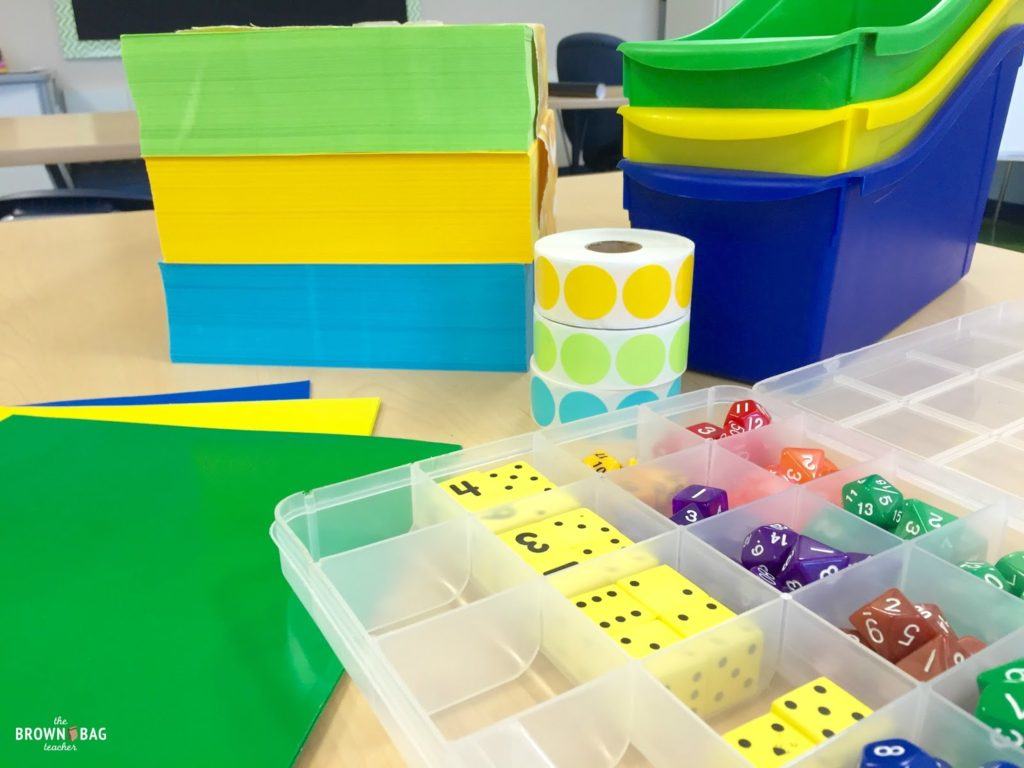

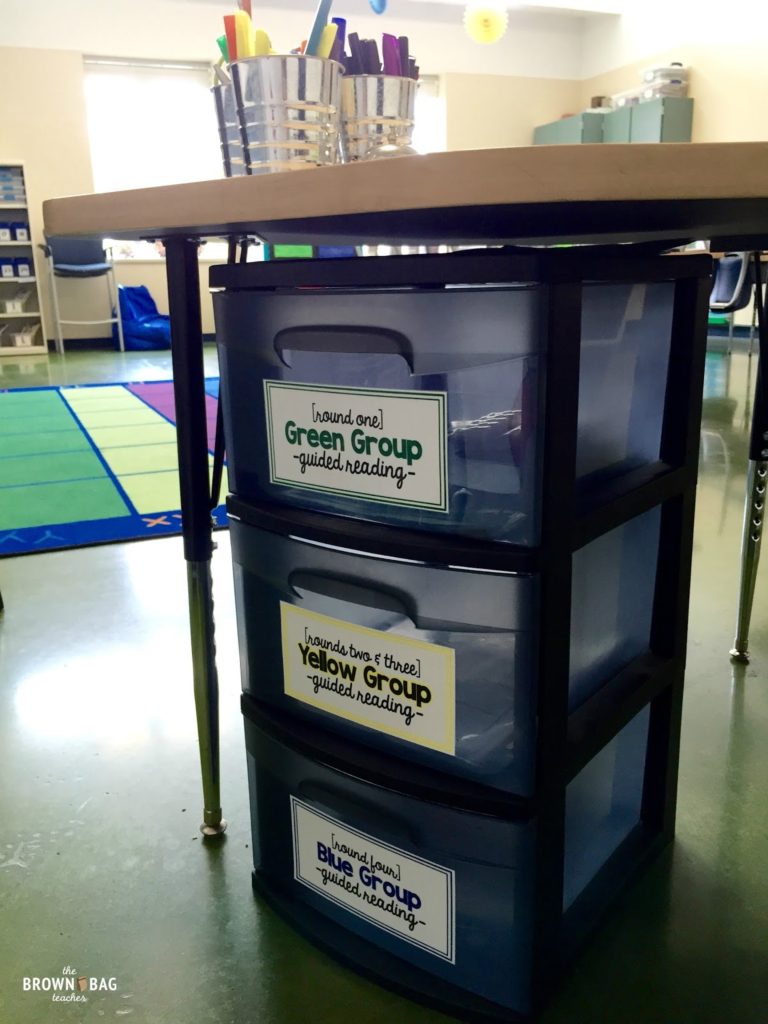
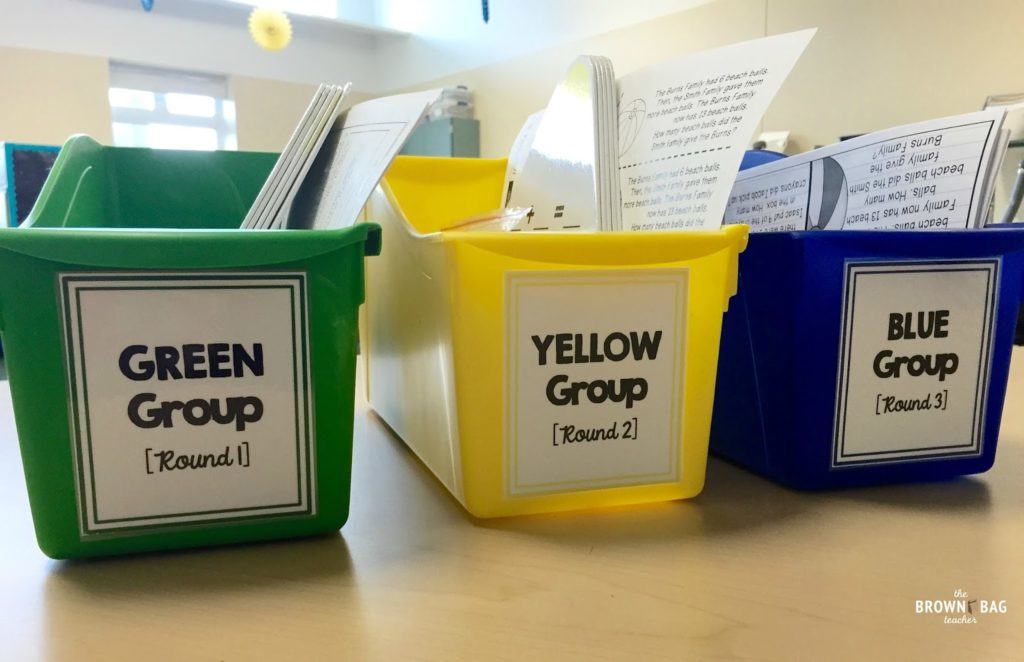
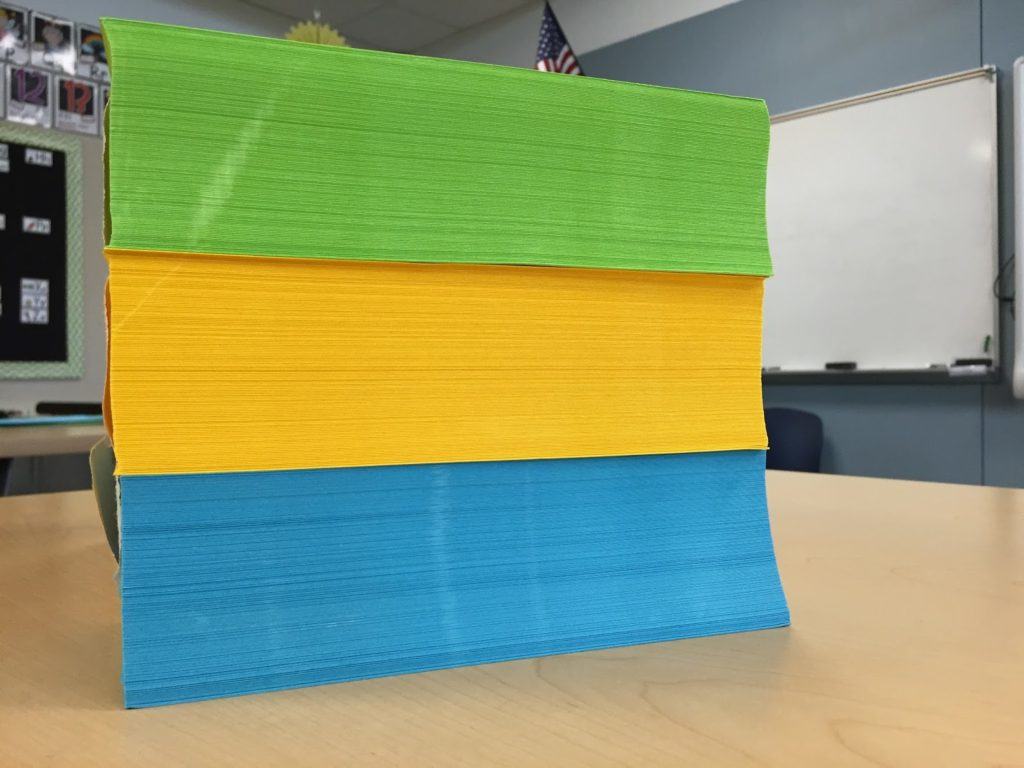

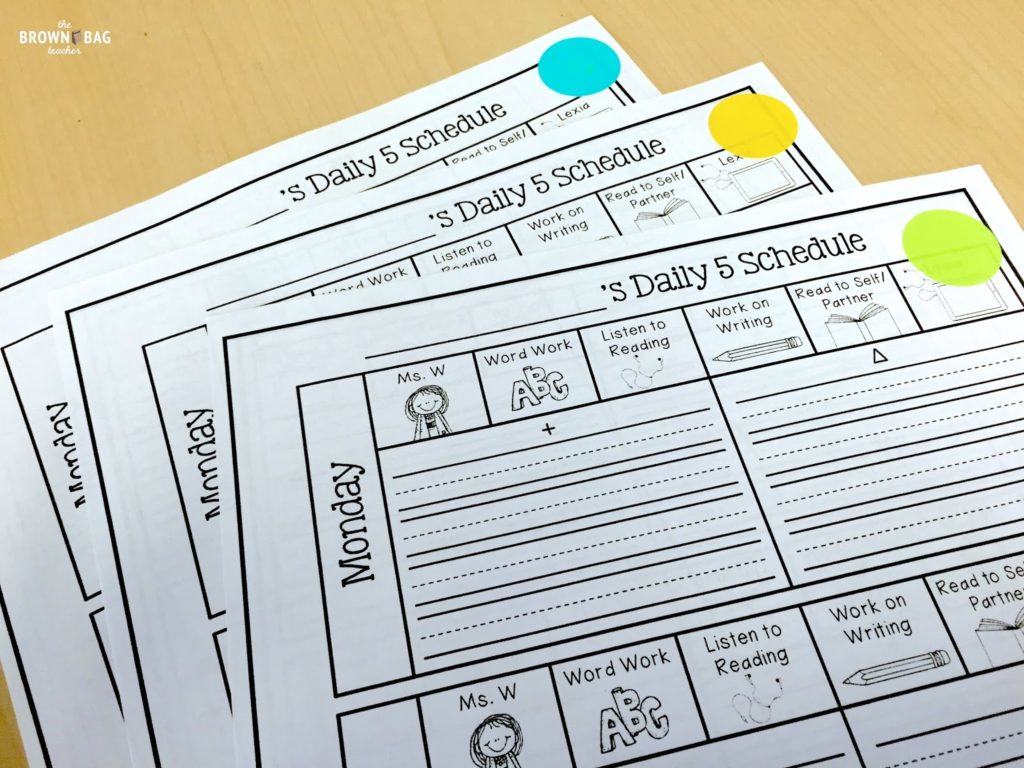
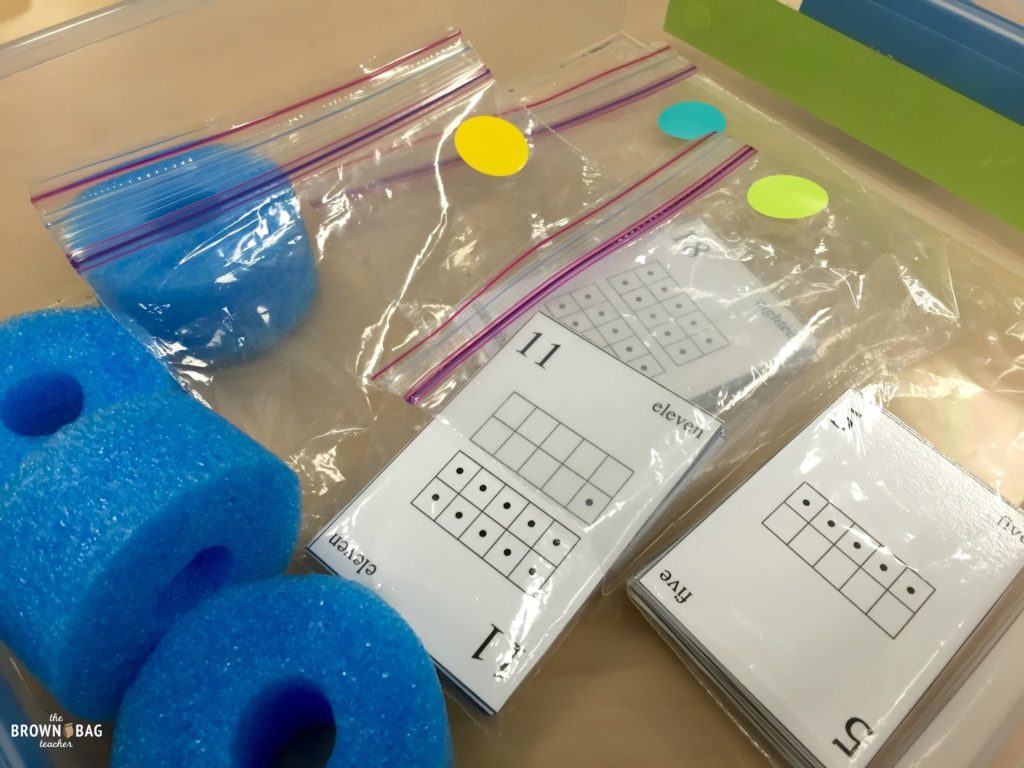
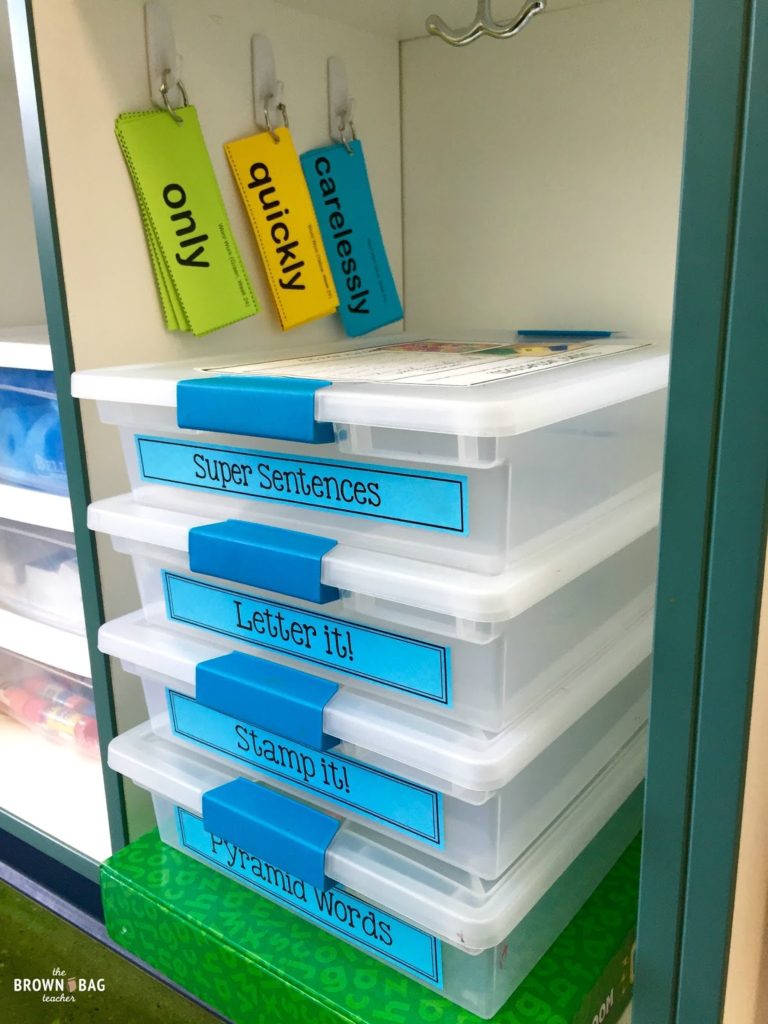
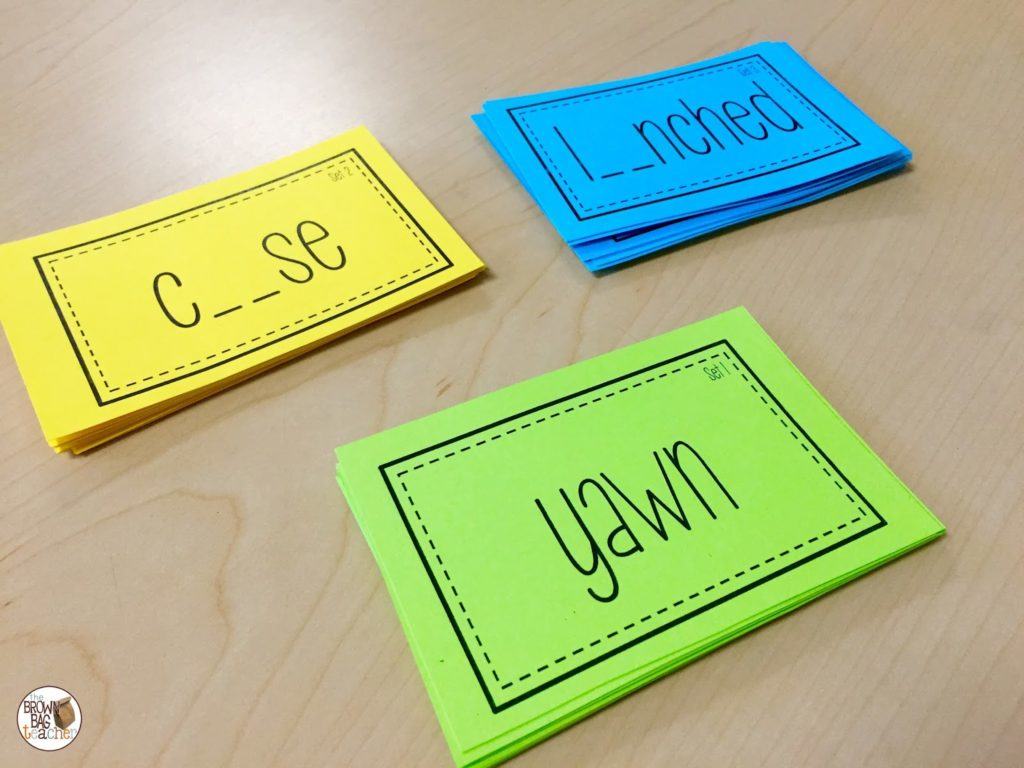
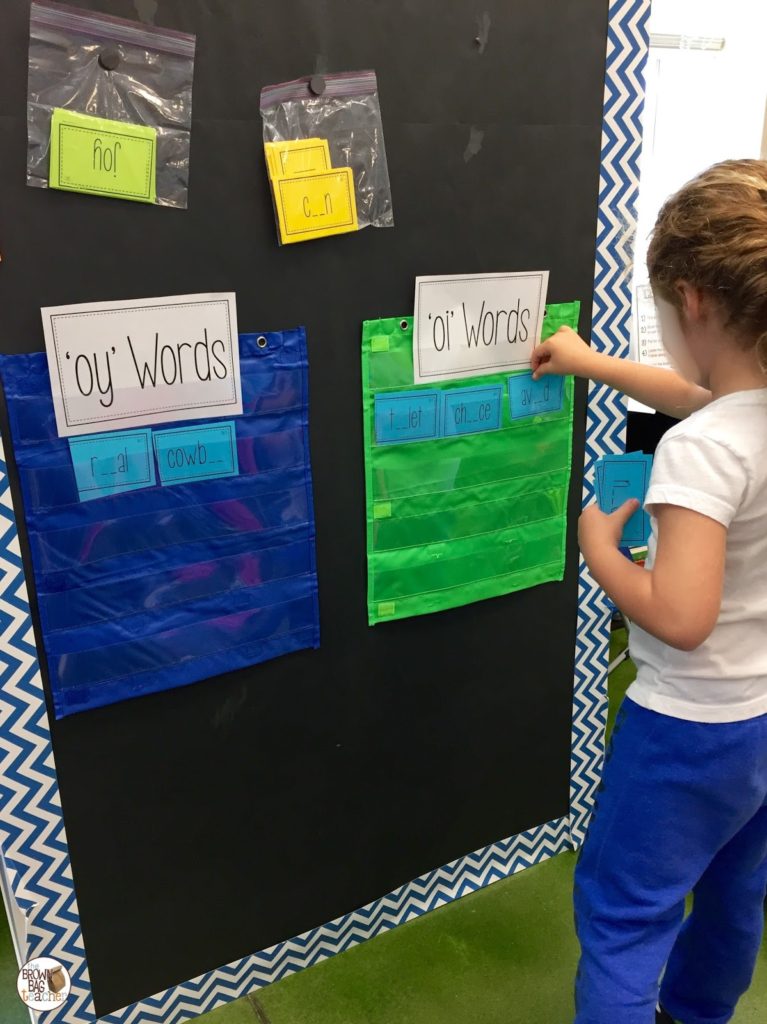

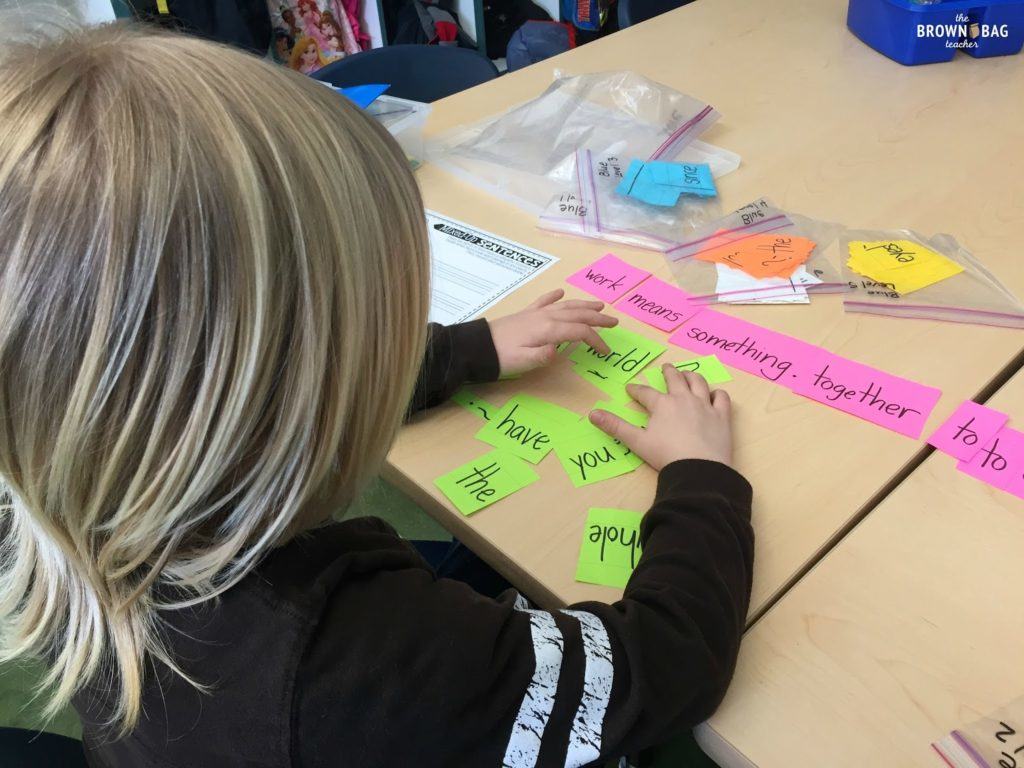
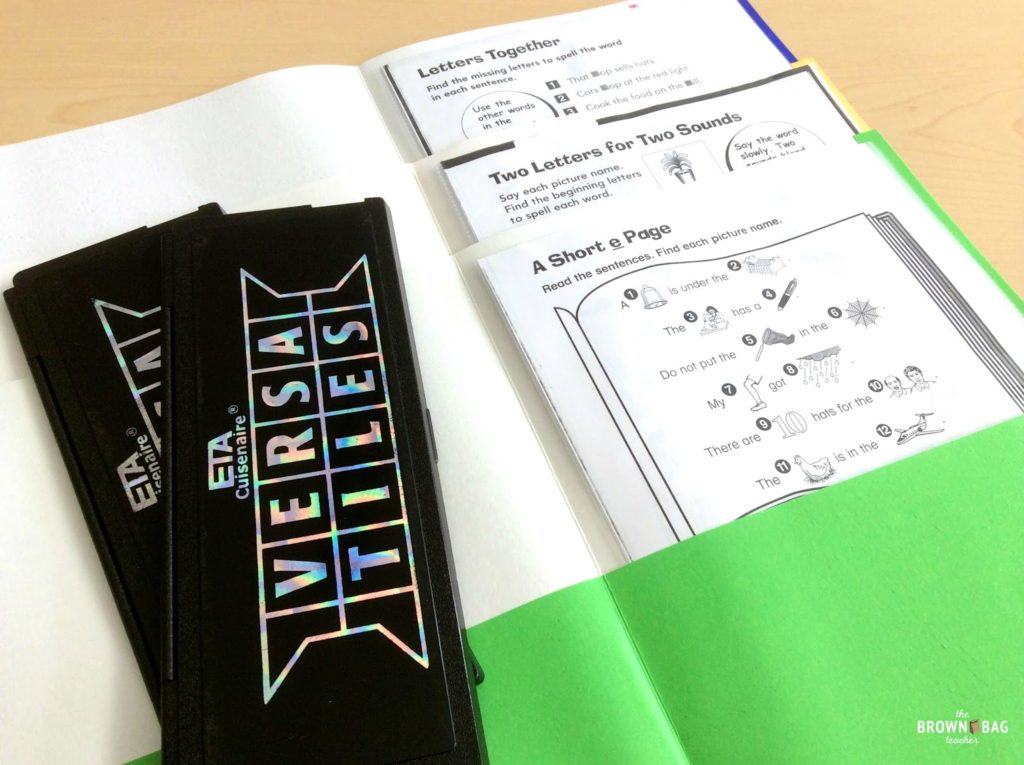
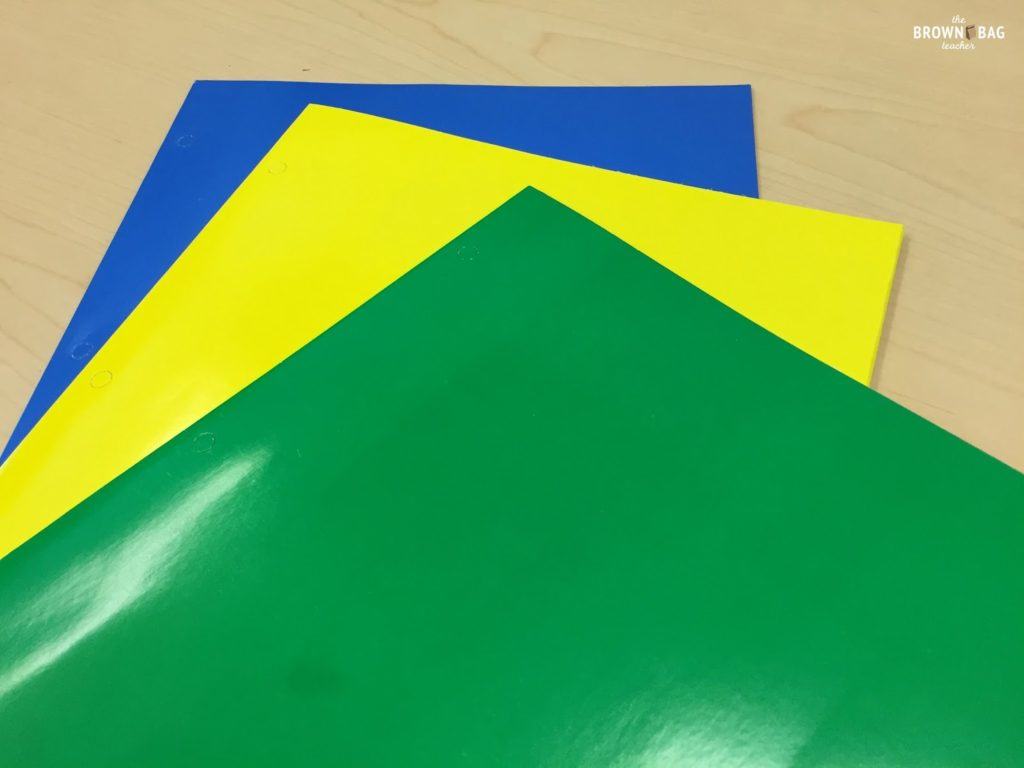
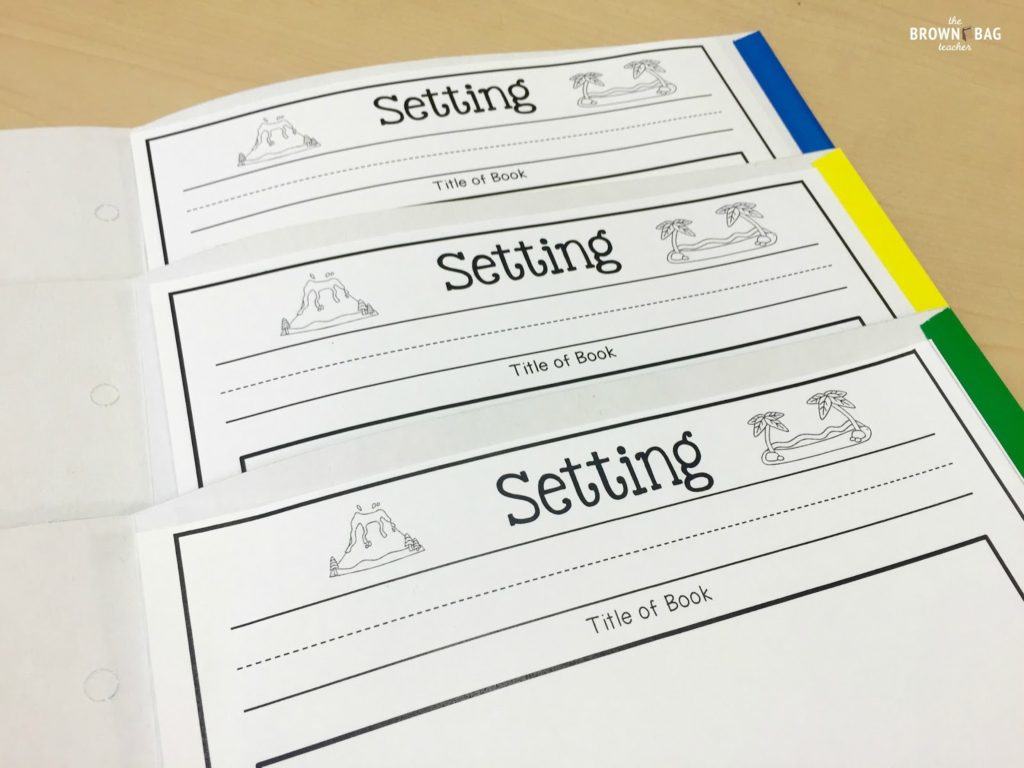
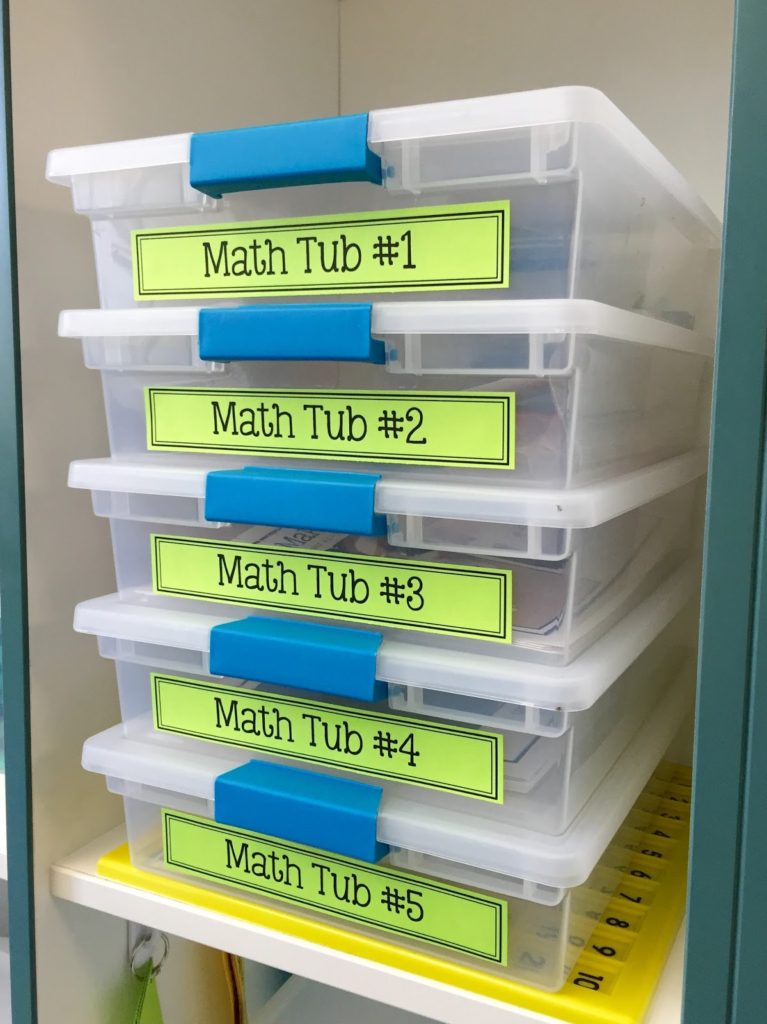
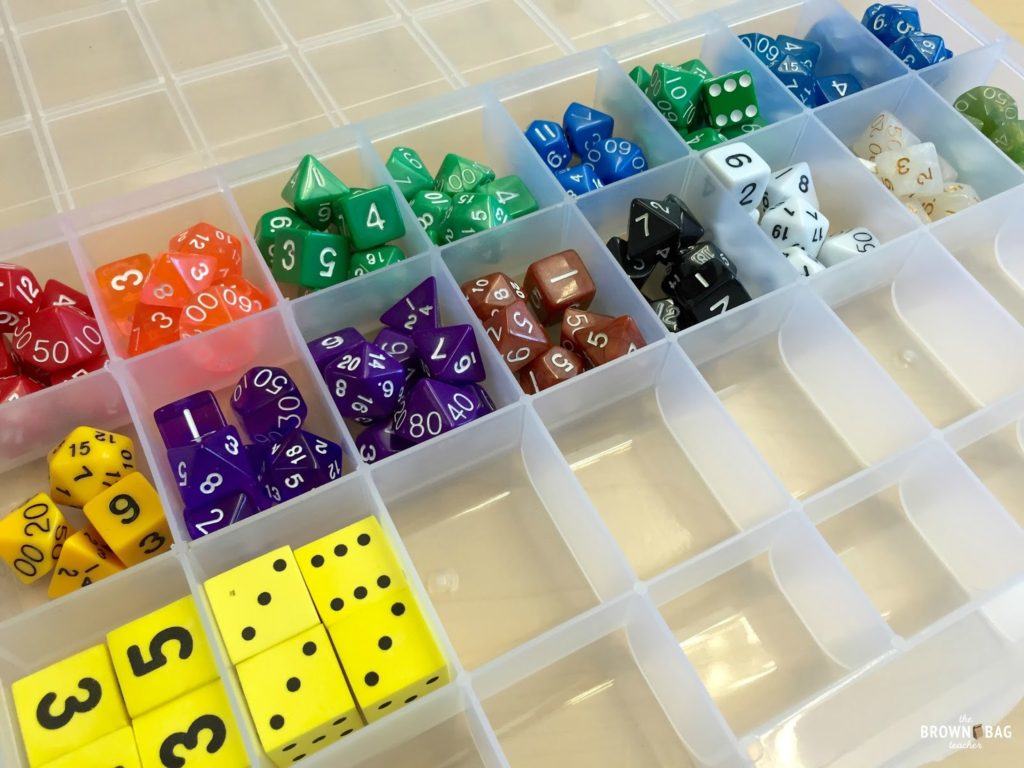
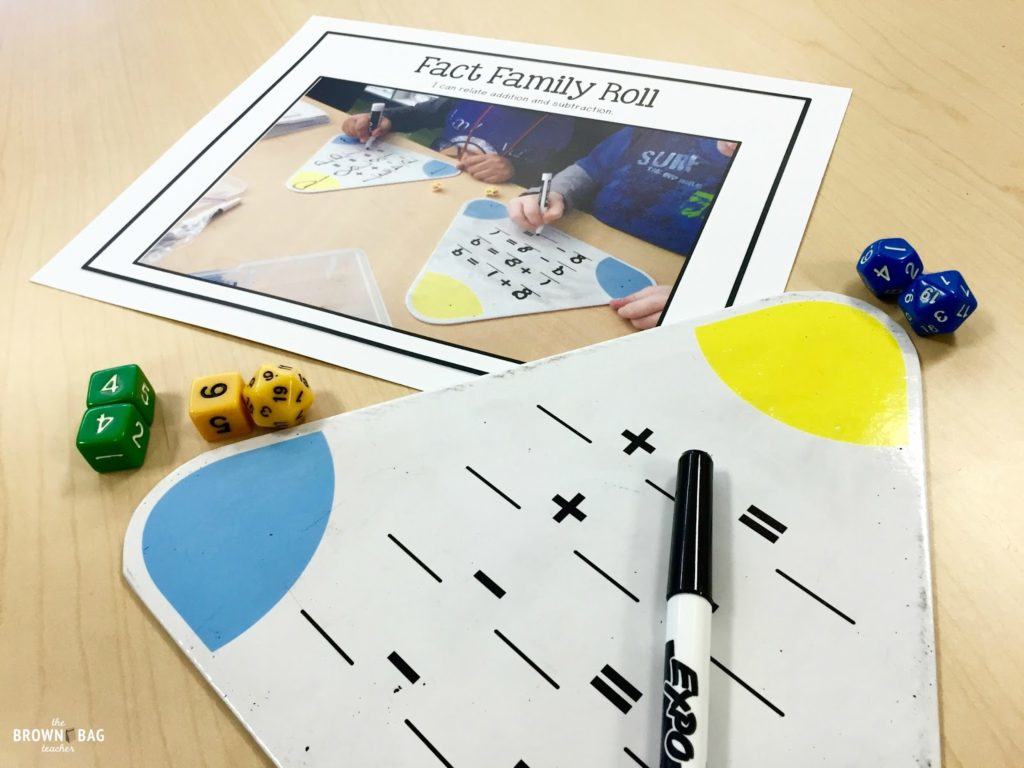
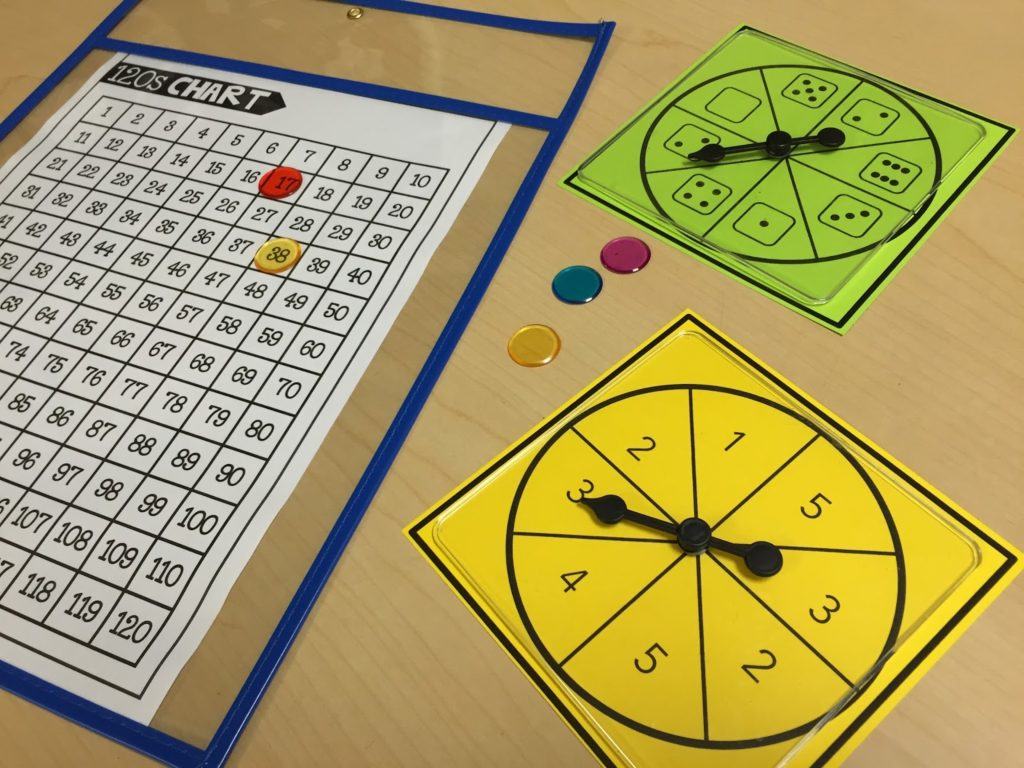
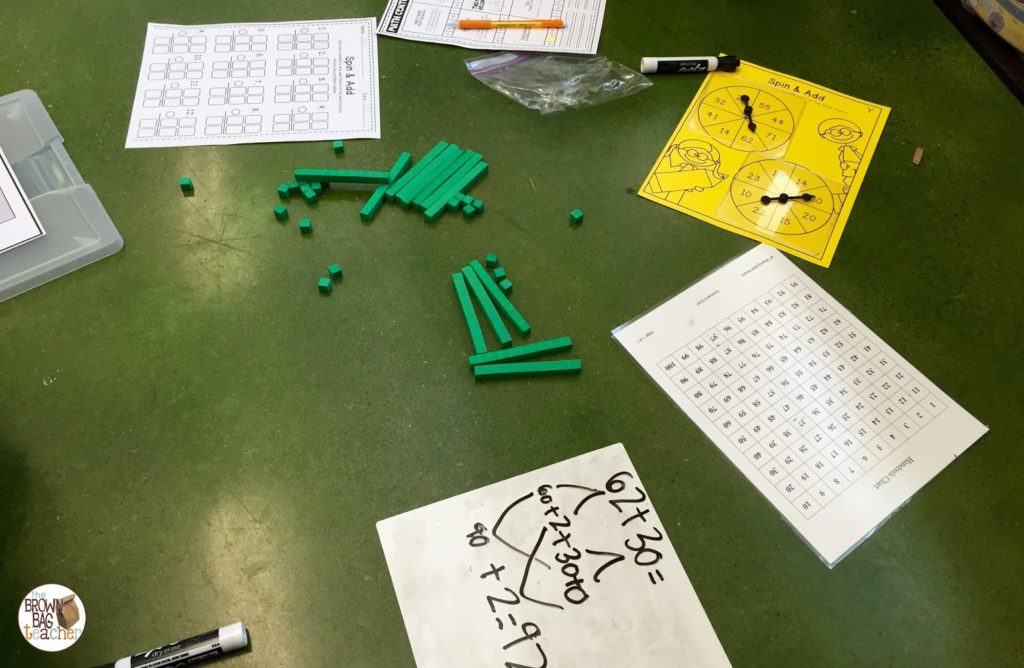
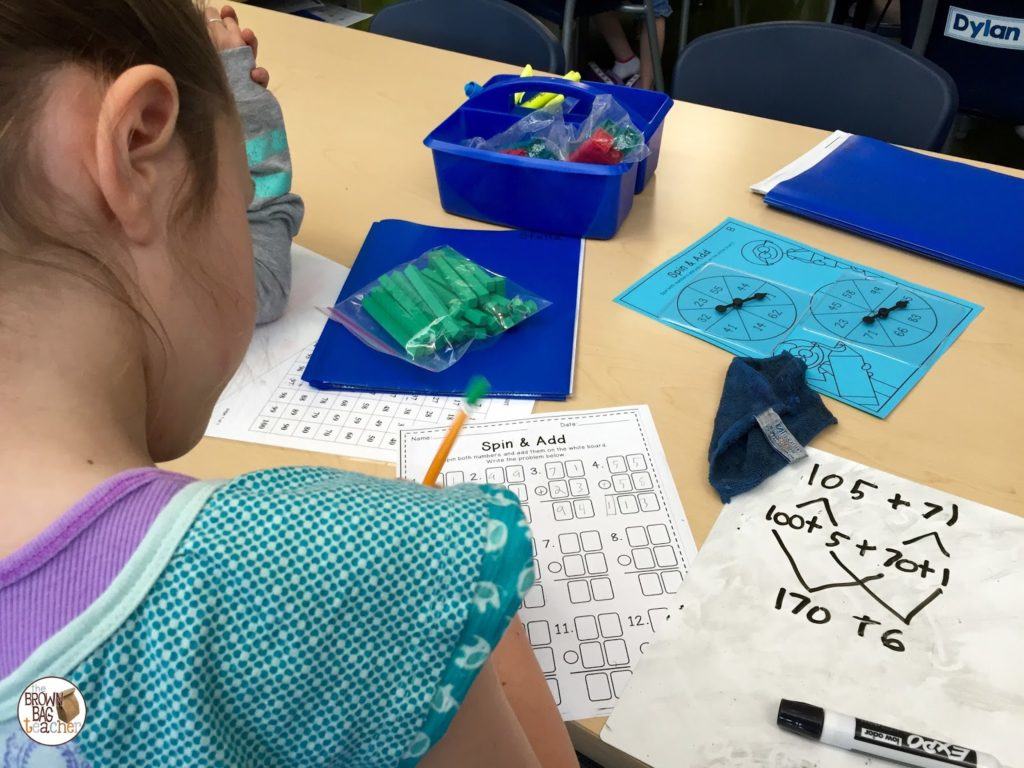
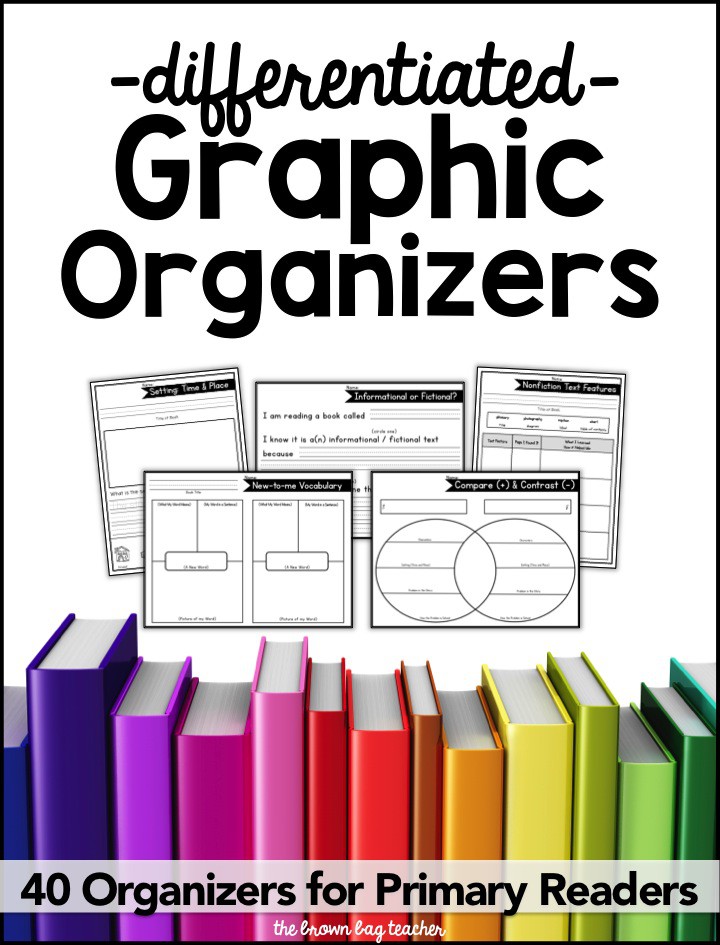

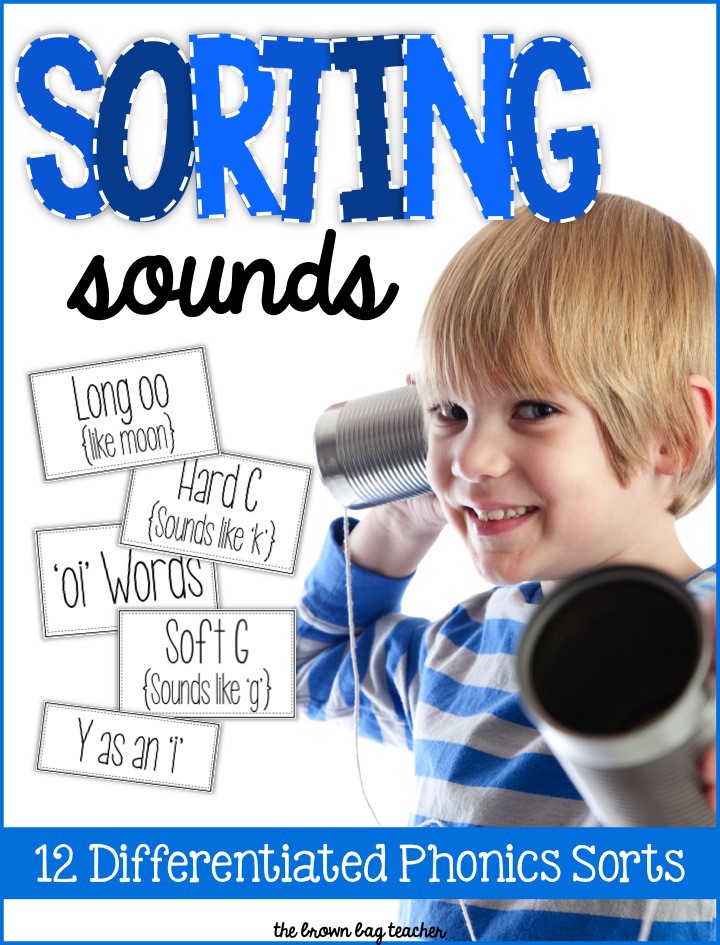
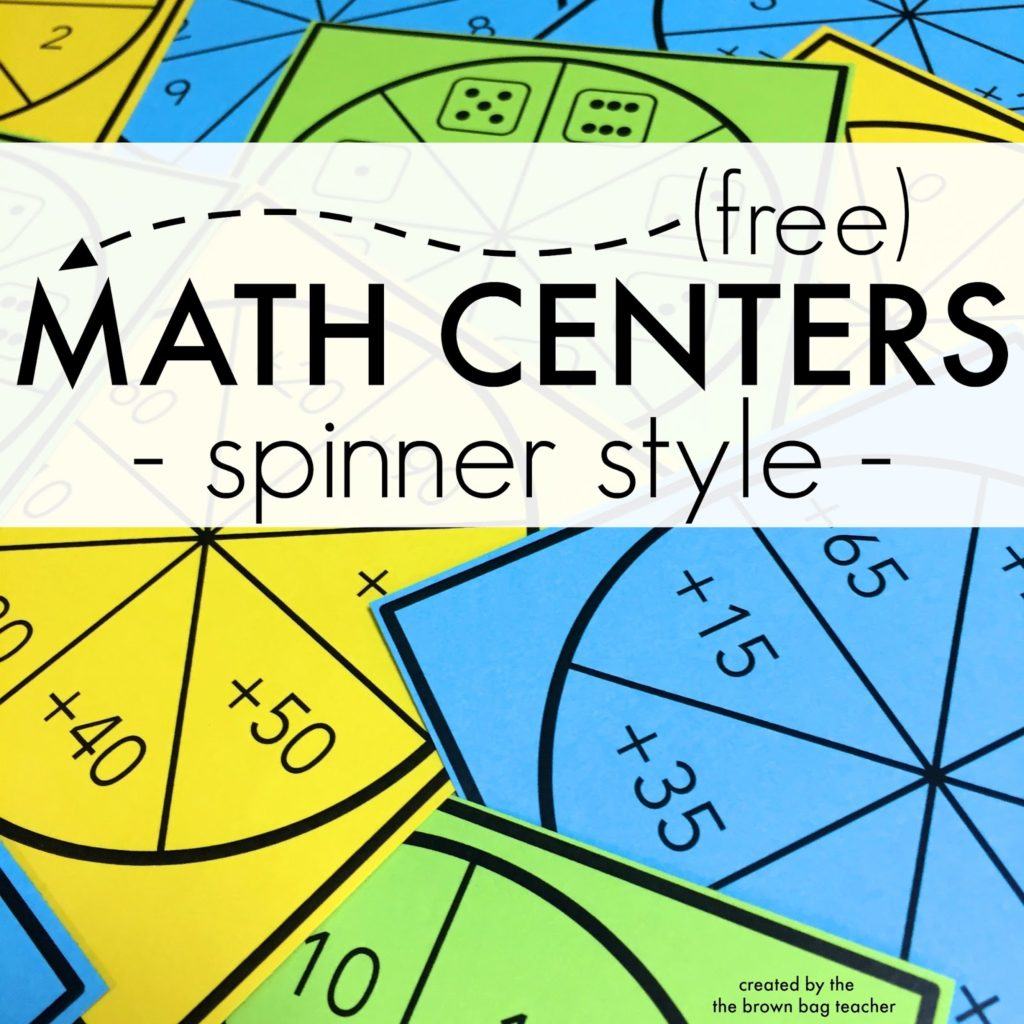
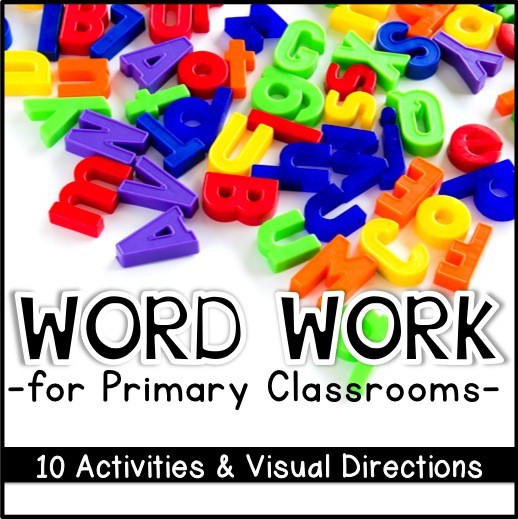


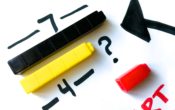
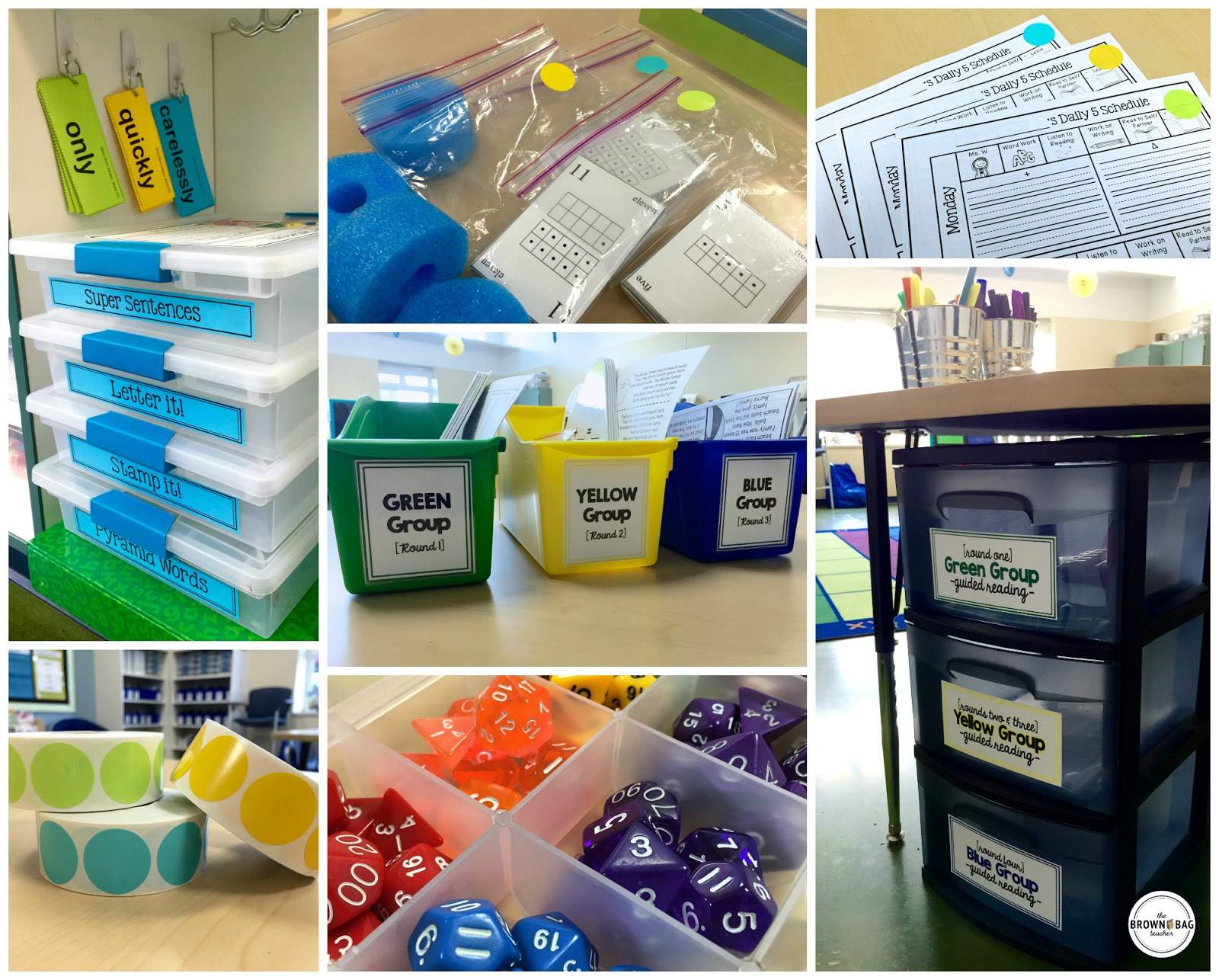
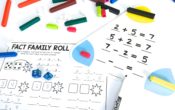
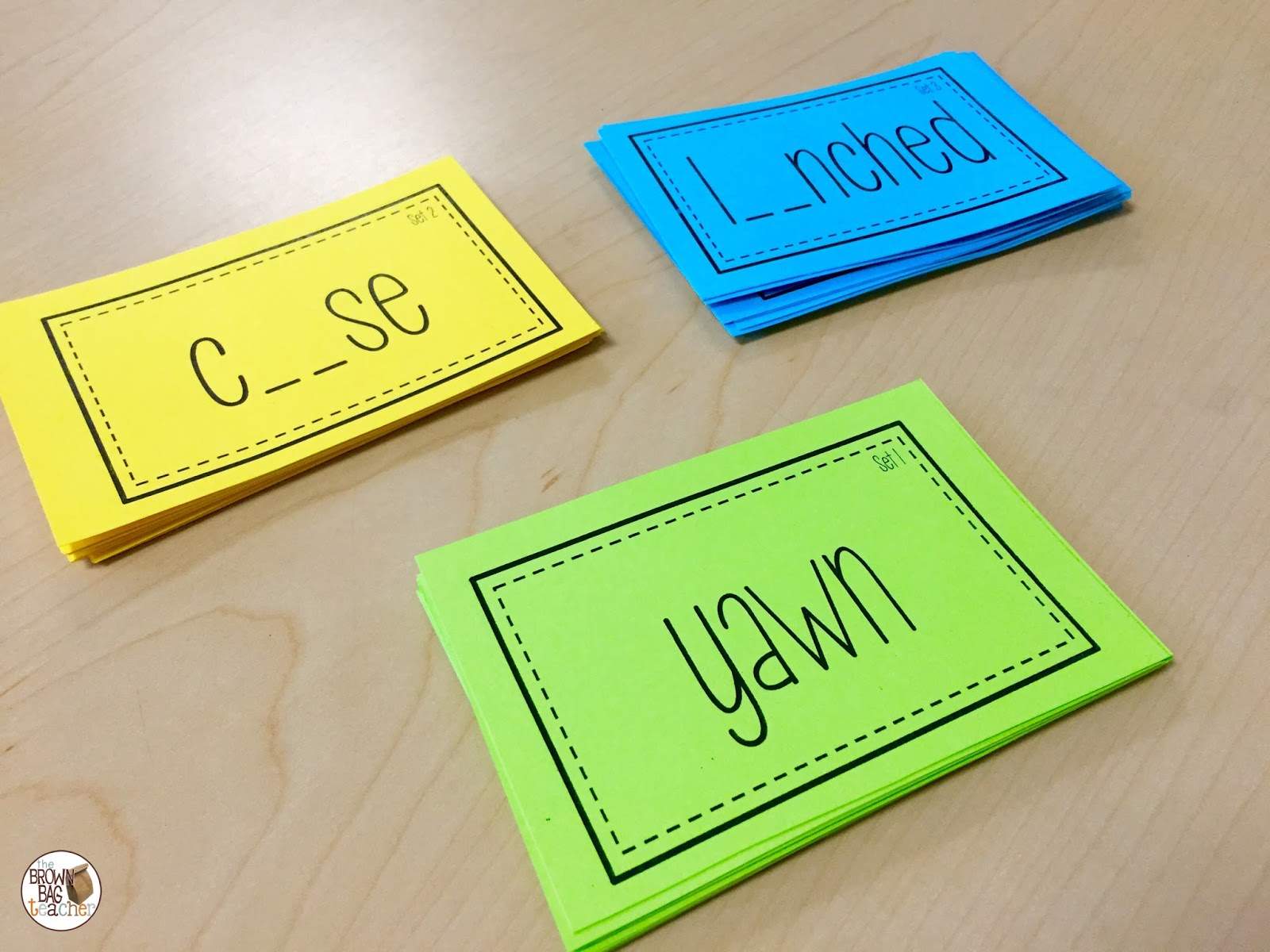
Hi there,
This is my second year I have a class all by myself. I'm from Belgium, Europe.
So it's actually pretty cool to see how you manage all the educational things in your country.
First I want to say that I really like your blog! I discovered it a few days ago and I must say it's very inspirational!
Differentiating is something that's on my list for improval this year, especially for math.
I've read the blogpost from above, and I'm wondering how often you do these lessons with the kids a week? Cause don't you have a manual to follow so that certain subjects has to be seen?
Unless all the differentiation from above is written in that manual itself?
How do you decide the exercises you want to make with the childern while differentiating?
When we do math in class, it's mainly making exercises in standerd books.
Although, I would like to try your idea from above too:)
Greets,
Michaël
I love the spinners!! Thanks for the freebie 🙂
Thank you for the freebie, Catherine! I can't wait to use it with my first grade friends! I love all of your posts about differentiation and have learned so much from you. It still seems daunting yet I am determined to incorporate DI. It appears to be A LOT of initial prep but totally worth it.
Thank you so much for the explaination and the free spinners. It is so nice to see how others approach differentiation and make it work with ease…thank you for the inspiration and ideas again.
Thank you for such an in – depth explanation. I truly appreciate it. I will re-read this post many times because it is so helpful. I have already purchased your the products featured in this blog post and invested in Sterilite containers, so I am ready to get started. THANK YOU for helping me to become a better teacher!
Thank you for such an in – depth explanation. I truly appreciate it. I will re-read this post many times because it is so helpful. I have already purchased your the products featured in this blog post and invested in Sterilite containers, so I am ready to get started. THANK YOU for helping me to become a better teacher!
I love your explanation on how you differentiate. I will be referring my other teammates to your blog. So much great information in your blog.
Such a thorough explanation and great idea! You are so organized! Any chance you have the labels that you've used (attached to the black Sterilite drawers and the colored bins? Love them!
I've been planning my schedule to include a lot of workshop time this year so I can do this time of differentiation. Thanks for some concrete ways to implement!
Love how you differentiate. Thanks for the spinner freebie!
Thanks so much for all the ideas! They will help me and my kiddos so much.
Thank you so much. Love your blog. You explain things so clearly that it helps make it easy to implement. The freebies are amazing. Do you ever offer sales on your other items? I want to purchase almost everything. LOL!!! I just can't afford them all.
I would love to see something concerning differentiation in music class! Many administrators try to judge us as if we are the same as a core class. But we are not! That's why they call us specials
Is the spinner with the +100 and -100 you used for Race to 1,000 not included in the free download?
How often do you change activities in the math and reading tubs?
I love your blog, thanks! I have a question: Do you use the same colors to differientate both Math and Literacy? How do students manage when they are in different color groups depending on the subject?
I do use the same colors. Students just know they have a math color and a reading color. Plus, their colors change throughout the year. It’s never been a big deal, but if students need reminders that’s okay. They are still little!
Thank you very much for the information you shared
I really like to read your blog articles
Thank you so much for providing good articles. I really appreciate your effort
good work
Excellent article. Very interesting to read. I really love to read such a nice article. Thanks! keep rocking
Excellent article. Very interesting to read. I really love to read such a nice article.
Exploring Aldi’s online platform for gift card purchases adds a virtual touch to the gifting experience. Sending an Aldi gift card online feels modern and in tune with our digital lives. It’s a great way to surprise friends and family with a practical present they can use on their terms.
Unlock the joy of dining with a 99 Restaurant gift card ! Perfect for any foodie, it offers convenience and an extensive menu. Whether for anniversaries or Valentine’s Day, treat your loved ones to a memorable experience. With a romantic atmosphere and delicious options, it’s ideal for couples and parents alike. Better than cash, it shows thoughtful consideration. Get yours at Unique Gift Cards for a delightful dining adventure with the 99 Restaurant gift card!